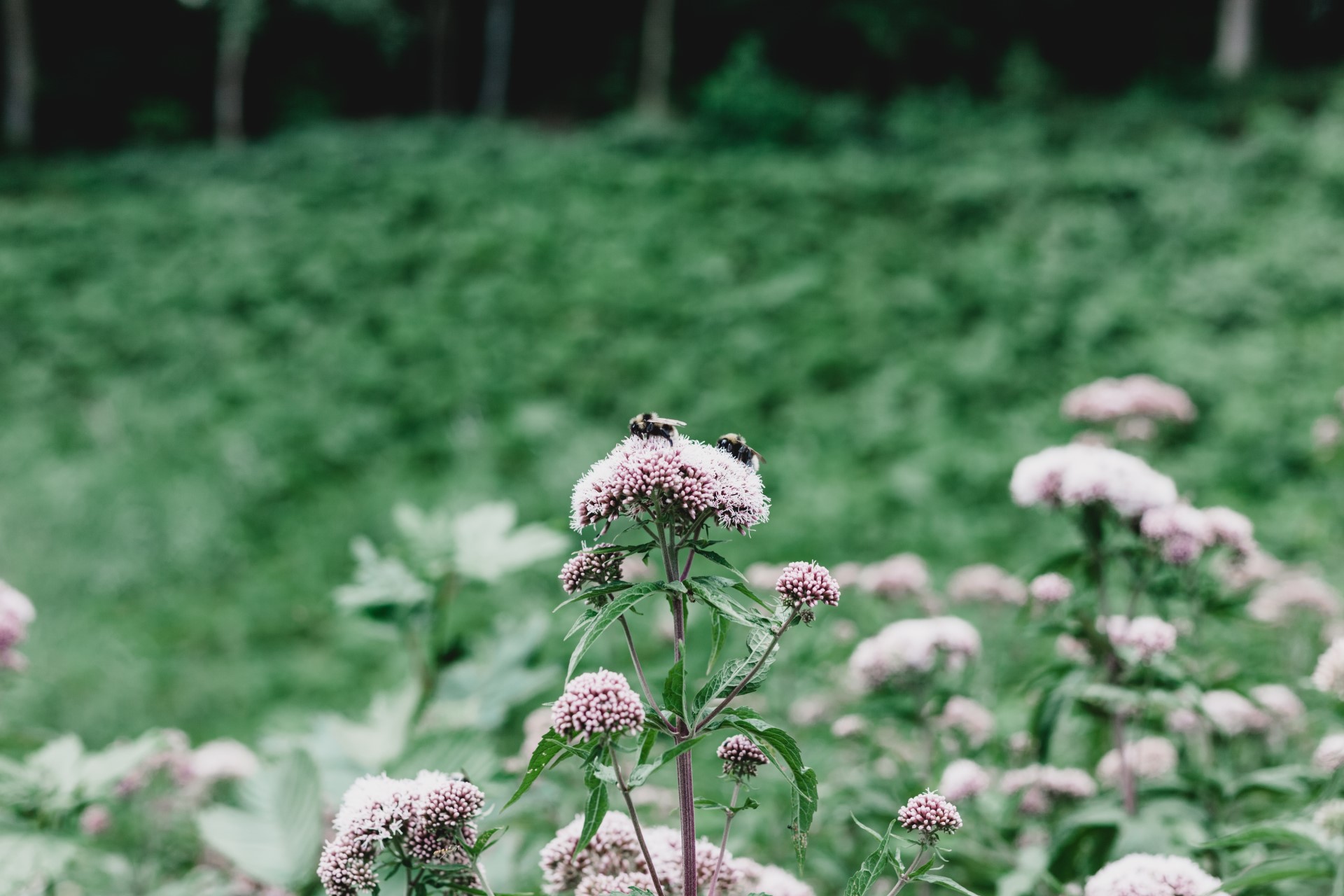
Pollinators tend to suffer in cities, despite proof that urban areas can majorly benefit our flying friends. Here’s how we can do better.
Pollinator conservation is big news these days. We know how important our friends the birds and bees are, but not everyone is so sure what to do to help them out.
First and foremost, we must understand why bees matter to the city. They:
- Pollinate the gardens we use for food and serenity
- Keep trees and green roofs in good shape and propagating naturally
- Support native plants that help clean the air and balance the ecosystem
… and more. Unfortunately, urban areas often damage bee habitat, which is why pollinator conservation is so important today.
The good news is, done right, cities don’t have to prove inhospitable to bees. In fact, some studies show that urban centers show greater density of certain kinds of bees than the surrounding countryside. There’s major hope, if we can get there.
So, how can cities help bees, you’re wondering? Let’s take a look.
Creating Green Roofs Props Up Pollinator Conservation

Pollinator conservation starts with giving bees more places to feed and rest on long journeys.
Bees are natural wanderers, foraging for pollen and nectar. They often travel extensive distances and need rest between legs. When we destroy natural habitat and replace it with paved-over surfaces, we make it hard for them to find food and shelter. We can reverse that trend, however, with green roofs.
Green roofs provide much-needed habitat and resting grounds for bees. Many of them may make their homes there, while others simply need a green place to land on their way to, well, greener pastures.
Some green roofs use low-growing ground cover, but more intensive rooftop gardens can provide a huge diversity of pollen- and nectar-rich species.
Planting Pollinator-Friendly Species Helps the Cause
Bees don’t get much out of flower-less plants. They survive on nectar they gather from blooms, as well as pollen – mostly consumed by adults, and more so the queen.
Much of our city surfaces don’t foster bee foraging, however – either native insects or imported honeybees, both of which we rely upon for our gardens and crops. Increasingly, cities are covered with impermeable asphalt, concrete and cement. Even green surfaces are often no more than lawns, which by definition are free of other plants and flowers.
That’s unfortunate, because bees can neither live nor rest on cement or lawn.
We need to plant more bee-friendly species, and follow best practices for creating bee-friendly spaces.
Telling the Story Helps to Spread the Word

Planting does more than help bees, too. It can have amazing social, emotional and educational benefits, which can in turn promote greater pollinator conservation efforts.
We only get these benefits if we help foster bees in the first place, though. By sharing our thoughts and beliefs about pollinators – and most critically, their importance to our food supply and world – we can dramatically increase the willingness of our citizens to help them out.
But how do we tell that story? How do we make people care?
As Alison Benjamin, co-founder of UK company Urban Bees, says in an interview with The Nature of Cities:
“By having a hive and learning about how honeybees work, or planting bee-friendly flowers in a window box, or making a DIY bee hotel where cavity-nesting solitary bees can check in to lay their eggs, people – from school children to alienated young people and even busy adults – in cities are learning about the nature on their doorstep. What’s more, they are getting to know work colleagues or neighbors in the process and breaking down the social isolation that blights urban existence.”
Simply starting projects, making your own flower garden a conversation piece or putting a bee-friendly roof on your building or garage can make a huge difference in helping bees and other urban animal species as well.
If you’re ready to make that difference, it’s time to speak with Ecogardens today.

